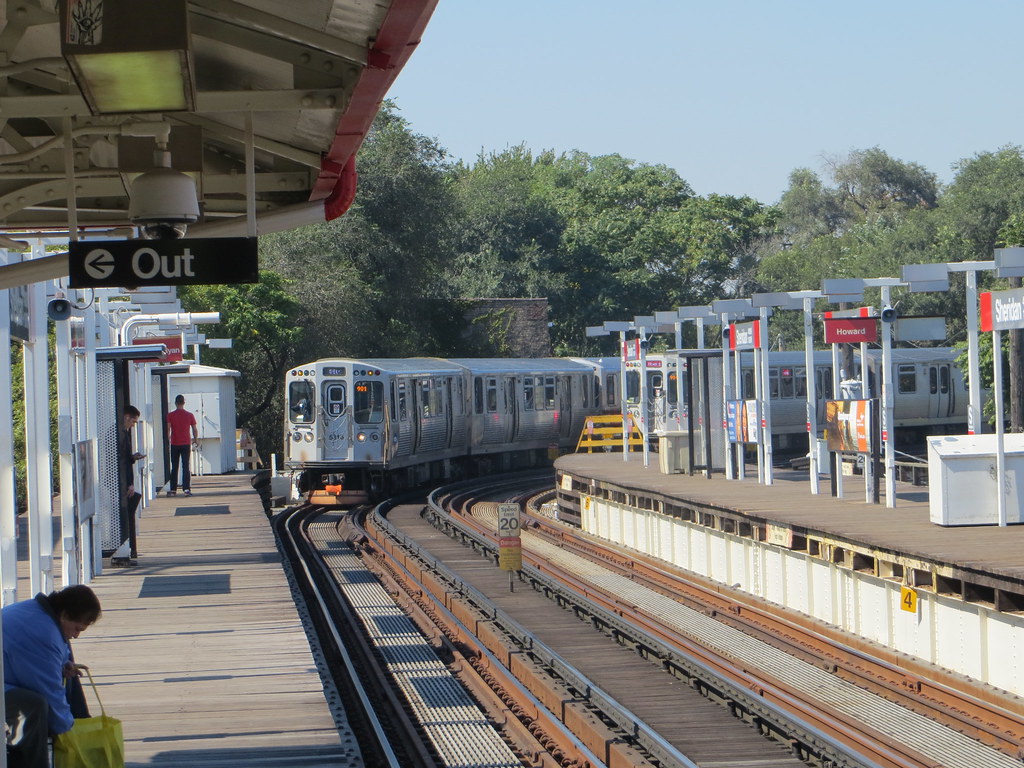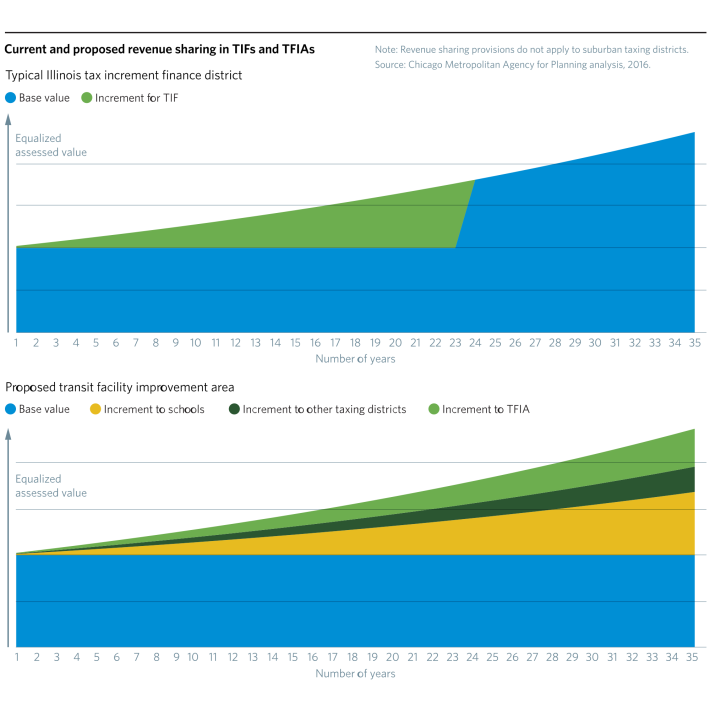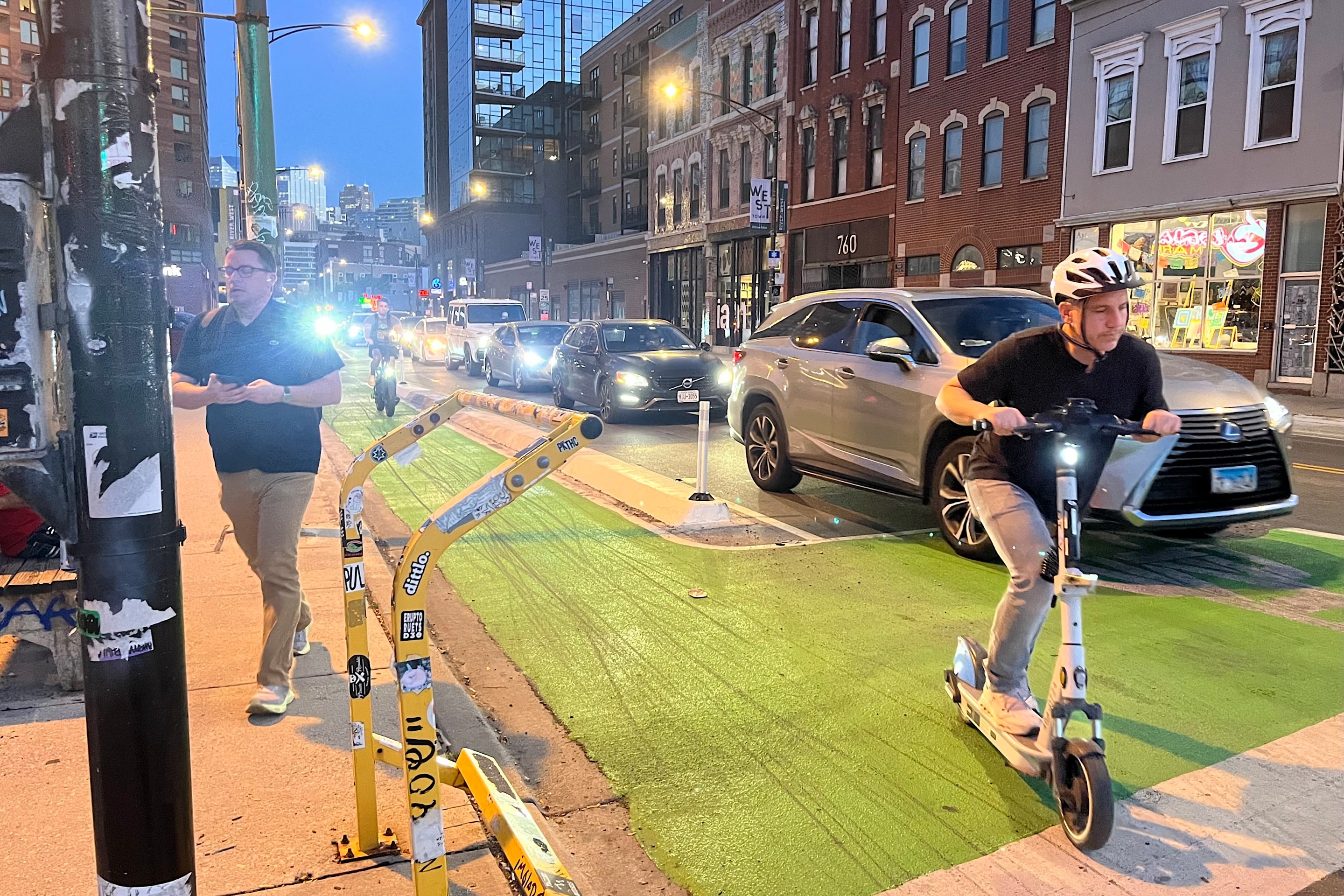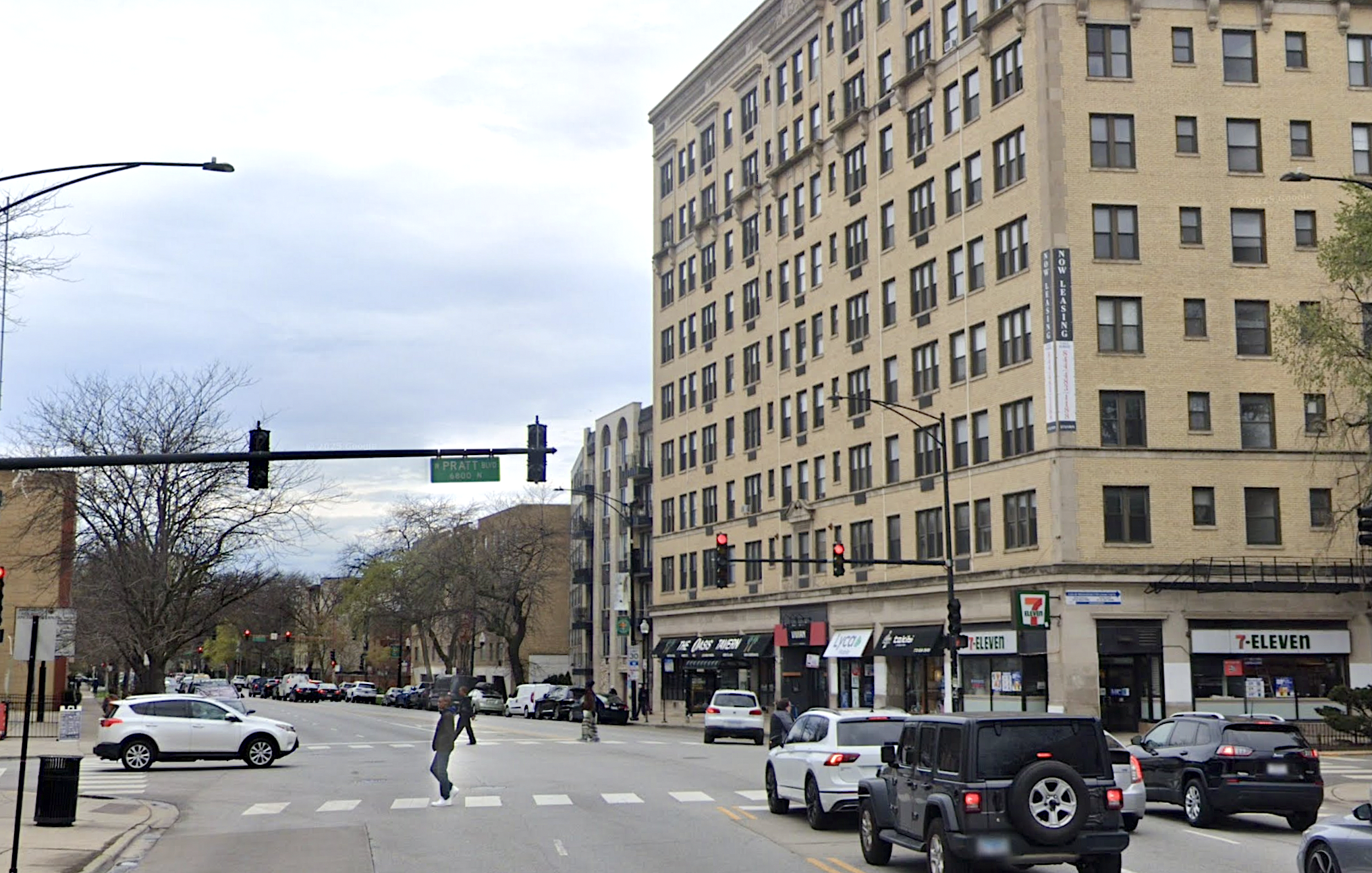
Mayor Rahm Emanuel's office has started crafting an ordinance that would activate a state law allowing the city to create "transit TIF districts" – officially called Transit Facility Improvement Areas – around four transit projects, according to the Chicago Tribune. Boundaries could be drawn up to a half mile around Chicago’s Union Station (to fund the improvements recommended in its master plan), the CTA’s North Side Main Line, the CTA’s Red Line extension to 130th, and the CTA’s Blue Line Congress branch modernization and possible extension.
The cost for RPM Phase I is $2.1 billion and the CTA is set to receive $1.1 billion in federal grants. Phase I includes rebuilding the Lawrence, Argyle, Berwyn and Bryn Mawr stations and all tracks within a mile of the stations. CTA spokesperson Tammy Chase said, "specifically, about $956 million of federal Core Capacity funding and a $125 million CMAQ grant." In order to get these funds, she said, the CTA needs to provide a local match of $881 million. The Red Line transit TIF district is projected to generate $622 million to pay back a low-interest "TIFIA" federal loan. The CTA would fund the remaining $219 million from its own bonds.
Transit TIFs would work much like existing tax-increment financing districts, in which the property taxes assessed on any incremental increase in property values since the TIF district’s inception are earmarked for improvements within the district. In the transit TIF districts, loans taken out to pay for public transportation infrastructure would be repaid via the future increase in property values and tax revenue brought about by the better transit service – a form of value capture.
The city's existing TIF program is highly controversial because, unlike other city expenditures, the mayor gets to decide how the money is spent without needing approval from City Council. Critics also point out that the program diverts money from schools, parks, and other taxing bodies.
However, the transit TIF program would be designed so that the Chicago Public Schools would receive the same portion of property taxes it would if the Transit Facility Improvement Area didn't exist. The Chicago Metropolitan Agency for Planning, the official regional planning organization, created the following charts to illustrate how that would work.

Despite the mayor's enthusiasm for the transit TIF program, it's important to keep in mind that so far the program is merely hypothetical. The Illinois General Assembly adopted the legislation on behalf of Chicago on July 1, but Governor Bruce Rauner has yet to sign or veto the bill [he signed it August 12]. If Rauner doesn't take action either way, the bill will automatically become law on September 1. The Community Development Commission, a group of mayoral appointees who approve new TIF districts, would also have to vote on creating some or all of the four districts.
The Tribune also reported that, before the transit TIF district around the North Side Red/Purple Lines is created, there would be a community input meeting and public notice would be given to owners of the tens of thousands of properties between Devon Avenue and Division Street and within a half mile east and west of the tracks.
However, the state legislation already says that a transit TIF district can be created around the CTA's Red & Purple Modernization project from Madison Street in Chicago to Linden Avenue in Wilmette. The state law set the limits, but the city of Chicago can make its own tweaks to the local ordinance.
Essentially, Wilmette and Evanston – through which the Purple Line travels – can enact their own transit TIF district ordinance in order to contribute local matching funds to a federal grant the CTA expects to receive.
Updated August 12 to clarify CTA's funding needs and add that Rauner signed the bill today.




